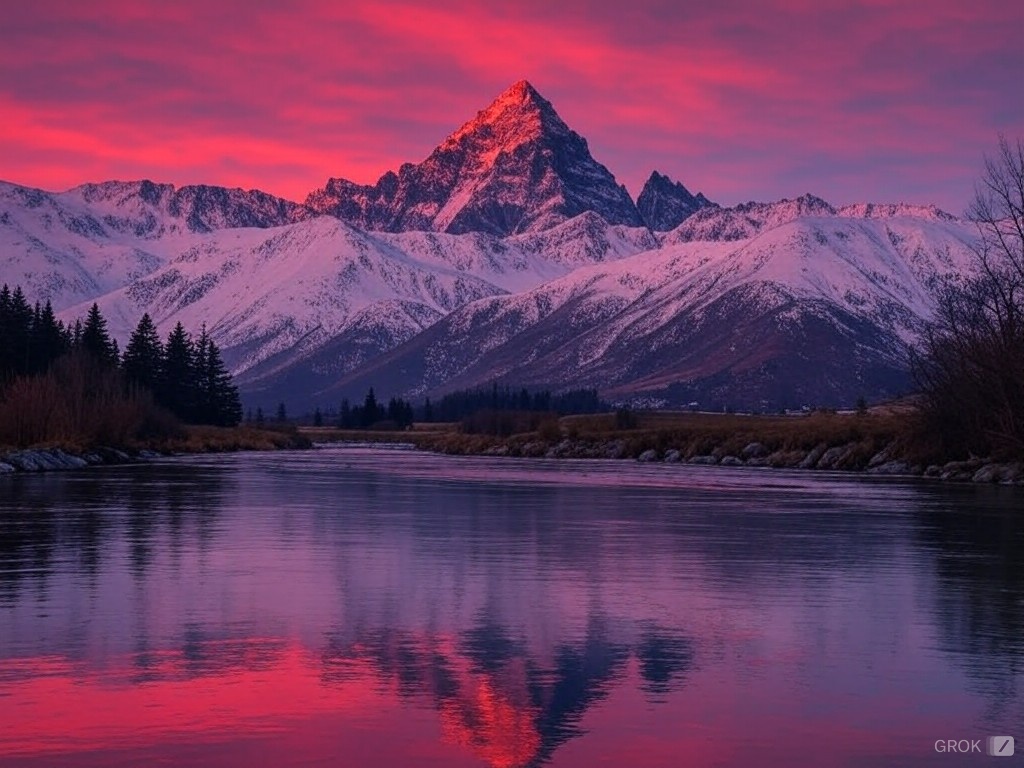Hey there! Have you ever wondered what really goes into the magic of crafting fantastical worlds and immersive experiences in video games? Well, sit back because, I must confess, I find myself often marveling at the power of modern game engines, and today, I’m itching to chat about one of my all-time favorites – Unreal Engine.
Unreal Engine, if you haven’t bumped into this beast yet, is quite the toolkit for game developers. It’s like having a Swiss Army knife; only it’s for creating, not for camping. I’ve always been drawn to its sheer power and flexibility, especially when it comes to level design. You might think I’m just another techie rambling on about software, but hear me out – this engine has some secrets that are too good not to share.
Contents
The Awe of Unreal’s Visuals
The first thing you’ll notice when you dive into Unreal Engine level design is the stunning quality of the visuals. It’s like stepping into a world where the limits of reality are expanded, and sometimes, when I switch back to my developer screen, it’s a tiny bit disappointing to see the real world isn’t as crisp! But that’s the beauty of it, right? The ability to create environments that can literally take people’s breath away.
As a level designer, I’ve had my hands on tools that allow for the creation of textures and lighting that mimic real-world physics. I often find myself playing god, adding a ray of sunlight here or a shadow there, just to see how it transforms a scene. It’s like painting, but the canvas is a landscape from a planet of your imagination.
The Technical Tango
Now, don’t get me wrong; Unreal Engine is not all sunsets and daisies. It demands a certain familiarity with technical elements. Blueprint visual scripting, for example, is something that initially had me stumped. It’s like learning a new language, but instead of words, you have nodes and instead of sentences, you have connections that dictate how your game behaves.
Remember my first big project? Oh boy, was that a trial by fire! I recall one late night, the coffee running low, when I was trying to get an NPC (Non-Player Character) to follow a specific path without walking through walls. Sounds simple, right? It wasn’t. It involved a bit of trial and error, and okay, maybe a few choice words when things didn’t work. But the satisfaction when it worked – pure magic!
Community and Collaboration
And let’s not skate over another massive perk of using Unreal Engine – the community. It’s like this vast ocean of brilliant minds. There are forums, tutorials, and countless resources available at your fingertips. Sometimes, it’s a tad overwhelming, but mostly, it’s empowering. I’ve had moments where a complete stranger on the other side of the globe helped me fix a bug just in time for an early morning presentation.
On that note, I’ve also had the joy of collaborating on levels that were part community suggestions and part my own creations. These projects tend to have a little extra flavor, a mix of many worlds, which, let me tell you, can lead to some unexpected and delightful results.
Why Pick Unreal for Your Next Project?
So, why am I babbling about Unreal Engine? Well, if you’re contemplating which engine to use for your next game project, or maybe you’re looking to hire someone to bring your imaginative visions to life, consider the immense capabilities of Unreal. Whether it’s the photorealistic possibilities, the robust technical structure, or the supportive community, Unreal Engine holds a treasure trove of opportunities for creativity and problem-solving.
And hey, if you feel a bit lost in the world of game level design, or if Unreal Engine seems the right choice but slightly intimidating – I’m here to help. Crafting levels and sculpting worlds is what I live for, and with a tool as powerful as Unreal, your project could really shine.
Feel intrigued or just want to chat about potential projects? Drop me an email at [email protected]. Let’s make something awesome together.
Until next time, keep dreaming up new worlds!
